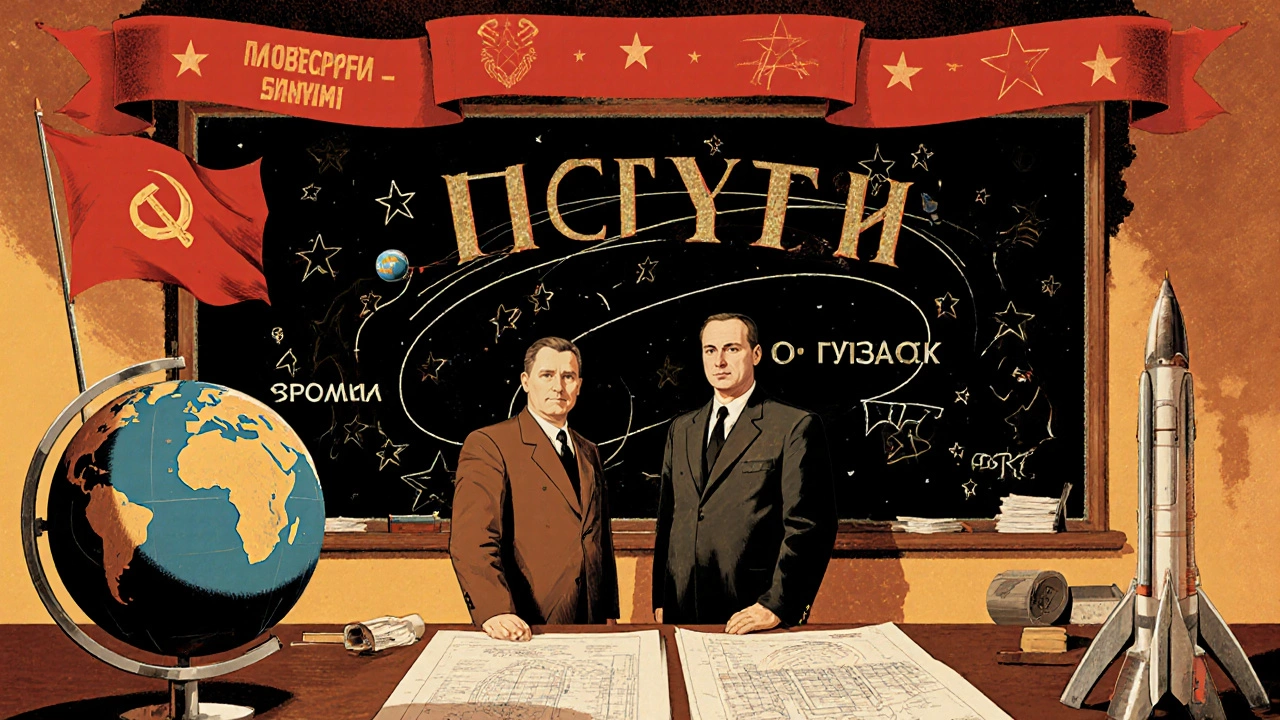Cosmonaut: What It Takes to Be a Space Explorer in India's Growing Space Program
When we talk about a cosmonaut, a trained professional who travels into space, typically under a government space program. Also known as astronaut, it is a role that blends extreme physical discipline, deep technical knowledge, and unwavering mental resilience. While the term "cosmonaut" is often linked to Russia’s historic space missions, today it’s a global title—and India is stepping into this elite circle. ISRO’s growing ambitions, from Chandrayaan to Gaganyaan, aren’t just about launching rockets—they’re about preparing real people to live and work in space. This isn’t science fiction anymore. It’s the next chapter in India’s scientific story.
Being a cosmonaut isn’t just about flying. It requires mastery of systems engineering, survival training, and the ability to make split-second decisions in zero gravity. The Indian space program, India’s national space agency, responsible for research, development, and execution of space science and technology projects is building its own selection pipeline, focusing on pilots, engineers, and medical professionals who can handle the physical and psychological demands of spaceflight. Unlike early space programs that picked test pilots, today’s candidates need to understand AI-driven life support, robotics, and even basic medical procedures—because in orbit, there’s no hospital nearby. And while NASA and Roscosmos have decades of experience, India’s approach is lean, fast, and uniquely suited to its own challenges: low-cost innovation, indigenous tech, and a focus on sustainability.
The Gaganyaan mission, India’s first human spaceflight program aiming to send astronauts to low Earth orbit by 2025 is the biggest step yet. It’s not just about putting someone in space—it’s about proving India can design, build, and operate the entire system from the ground up. That means Indian engineers are developing life support systems, space suits, and recovery protocols that didn’t exist here a decade ago. And behind every cosmonaut is a team of scientists, data analysts, and medical researchers—all working together to make sure the mission succeeds. The cosmonaut is the face of the mission, but the real breakthroughs happen in labs across Bengaluru, Hyderabad, and Thiruvananthapuram.
What you’ll find in these posts isn’t just stories about space travel. It’s the real work behind the scenes—the funding challenges, the collaboration between labs, the policy decisions, and the human stories of those training for the impossible. You’ll see how public health research helps design space medicine, how data science predicts crew performance, and how renewable energy tech powers future lunar bases. This isn’t just about one person going to space. It’s about an entire nation building the future—one launch at a time.




